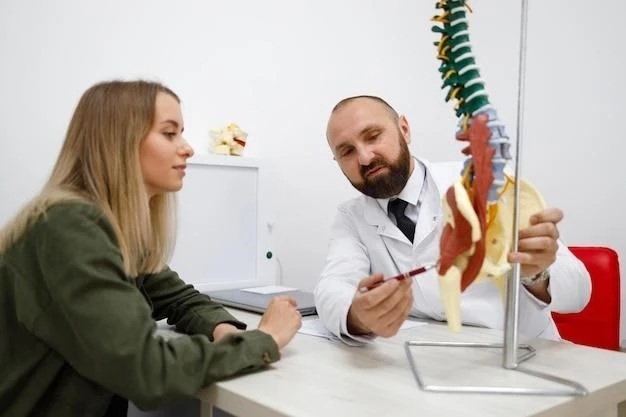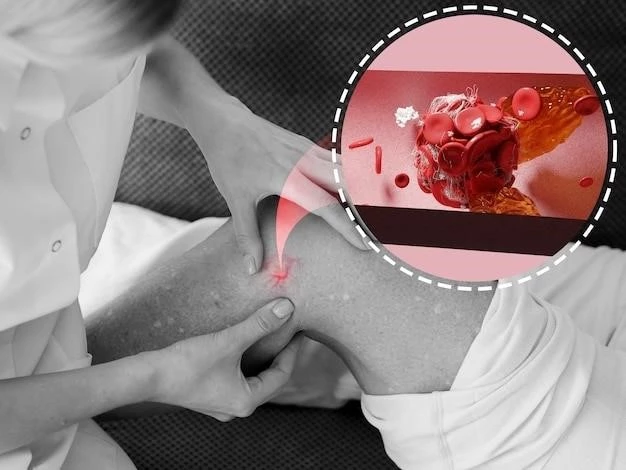Introduction
Pseudovaginal perineoscrotal hypospadias (PPSH) is a rare autosomal recessive disorder of male sexual development caused by mutations in the SRD5A2 gene٫ leading to varying degrees of genital ambiguity.
Overview of Hypospadias
Hypospadias is a common congenital penile malformation affecting around 1 in 200 male newborns. It poses psychological and physical challenges related to urination and sexual functions due to abnormal penile development between 8 and 14 weeks of gestation. The position of the urethral opening is atypical, leading to varying degrees of severity in affected individuals.
Description of Pseudovaginal Perineoscrotal Hypospadias (PPSH)
Pseudovaginal perineoscrotal hypospadias (PPSH) is characterized by a rare autosomal recessive disorder affecting male sexual development. The condition is attributed to mutations in the SRD5A2 gene, leading to abnormalities in androgen synthesis and action. Individuals with PPSH exhibit varying degrees of genital ambiguity, with manifestations ranging from perineal hypospadias to underdeveloped male genitalia.

Clinical Presentation
Genetic Basis of PPSH
Pseudovaginal perineoscrotal hypospadias (PPSH) is associated with mutations in the SRD5A2 gene, leading to defects in androgen synthesis. This gene is crucial for the conversion of testosterone to dihydrotestosterone, impacting male sexual development and resulting in genital ambiguity.
Phenotypic Variability
Pseudovaginal perineoscrotal hypospadias (PPSH) showcases a spectrum of phenotypic variations, encompassing mild undervirilization with a normal appearance of the male anatomy but with minor abnormalities, all the way to pronounced underdevelopment and presentation of ambiguous genitalia.
Diagnosis
Differential Diagnosis
When diagnosing pseudovaginal perineoscrotal hypospadias (PPSH), it is essential to differentiate it from other intersex variations, such as disorders of androgen synthesis or action, ambiguous genitalia, or conditions causing genital underdevelopment to ensure accurate treatment and management strategies.
Diagnostic Challenges
Diagnosing pseudovaginal perineoscrotal hypospadias (PPSH) poses significant challenges due to the range of phenotypic variability, requiring a thorough evaluation to differentiate it from other intersex variations and ensure appropriate management.
Treatment
Surgical Interventions
Surgical interventions play a crucial role in managing pseudovaginal perineoscrotal hypospadias (PPSH), aiming to correct the anatomical abnormalities associated with this condition. The procedures involve repositioning the urinary opening and reconstructing the genitalia to optimize function and appearance, ensuring a better quality of life for affected individuals.
Long-term Management
Long-term management of pseudovaginal perineoscrotal hypospadias (PPSH) involves comprehensive follow-up care to monitor the anatomical and physiological outcomes post-surgical interventions. Regular urological assessments, endocrine evaluations, and psychosocial support are essential components of the long-term management plan to optimize overall well-being and quality of life for individuals with PPSH.
Case Studies
Presentation of PPSH in Adolescents
A 16-year-old adolescent with perineal hypospadias, a microphallus, a bifid, labia-like scrotum, a blind-ending vagina, and bilaterally undescended testicles is presented. This clinical case highlights the complexity of Pseudovaginal Perineoscrotal Hypospadias (PPSH) and the diverse phenotypic manifestations that can be observed, necessitating a multidisciplinary approach for proper management and intervention.
Endocrinological and Biochemical Characterization
The endocrinological and biochemical characterization of individuals with pseudovaginal perineoscrotal hypospadias (PPSH) involves assessing serum concentrations of testosterone and dihydrotestosterone to understand the impact of SRD5A2 gene mutations on androgen synthesis and action, providing crucial insights for tailored treatment strategies and long-term management.
Genetic Considerations
Role of SRD5A2 Gene Mutations
SRD5A2 gene mutations play a pivotal role in the pathogenesis of pseudovaginal perineoscrotal hypospadias (PPSH). These mutations disrupt the conversion of testosterone to dihydrotestosterone, contributing to the abnormal male sexual development seen in individuals with PPSH.
Androgen Receptor Function in PPSH
Understanding the role of androgen receptor function in pseudovaginal perineoscrotal hypospadias (PPSH) is essential for comprehending the mechanisms underlying the abnormal male sexual development observed in individuals with PPSH.

Research and Advances
Current Understanding of PPSH
The current understanding of Pseudovaginal Perineoscrotal Hypospadias (PPSH) revolves around recognizing the genetic basis, phenotypic variability, and impact on androgen receptor function. This knowledge is crucial for advancing diagnostic and therapeutic approaches to effectively manage individuals affected by PPSH.
Emerging Therapies for PPSH
Emerging therapies for pseudovaginal perineoscrotal hypospadias (PPSH) aim to target the underlying genetic mutations, potentially utilizing gene therapy or novel pharmacological approaches to enhance androgen signaling and genital development in affected individuals. These advancements hold promise for improving outcomes and enhancing the quality of life for individuals with PPSH.
